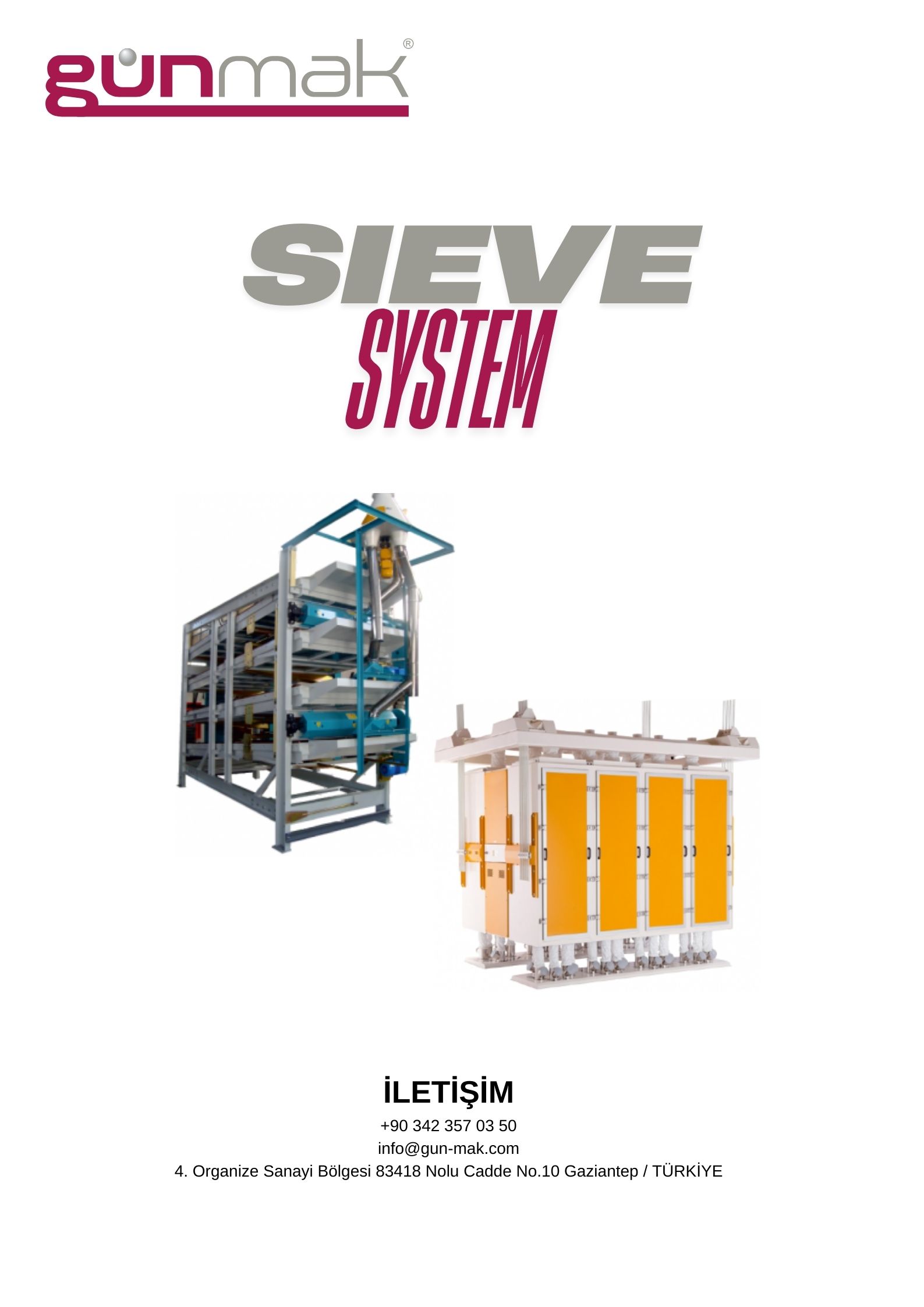A sieve system is a type of separation and screening mechanism commonly used in industrial applications. It helps to achieve homogeneous mixtures by separating solid materials based on their size. Sieve systems are widely used in food, chemical, construction, and pharmaceutical industries and separate materials through sieves with different hole sizes.
How Does a Sieve System Work?
A sieve system is designed to separate solid materials based on their size. The sieves sort the products according to their physical properties (e.g., size, density). During the process, materials pass through the sieves, and smaller particles are separated. Simultaneously, unwanted large particles or contaminants are discarded from the system.
Industrial Applications of Sieve Systems
- Food Industry: Sieve systems are used for flour, sugar, salt, spices, and other food products. The sieve system performs quality control, ensuring materials are separated according to size.
- Chemical and Pharmaceutical Industries: These systems are used in pharmaceutical production and for separating chemicals. They are crucial for ensuring that active ingredients are mixed in the correct proportions.
- Construction and Mining: In construction, sieve systems are used to separate sand and gravel. In mining, they help in classifying minerals effectively.
Advantages of a Sieve System
- High efficiency and speed: Sieve systems, both electrical and mechanical, allow for fast separation of large amounts of materials.
- Long lifespan: Sieves made from high-quality materials provide long-term durability.
- Easy maintenance: Sieve systems can be easily cleaned and maintained depending on their design.
Benefits of Using a Sieve System
In industrial sectors, the use of sieve systems plays a critical role in ensuring productivity, quality, and safety. These systems help regulate production processes, prevent material loss, and increase production speed. They also improve quality control and ensure the safety of the final products.
Frequently Asked Questions
1. What is a Sieve System?
A sieve system is a separation and screening mechanism that helps in separating solid materials based on their size. It uses sieves with different hole sizes to sort materials accordingly.
2. How does a Sieve System work?
A sieve system works by allowing materials to pass through sieves, separating them based on size. Smaller particles pass through the holes, while larger particles are discarded outside the system.
3. In which industries is a Sieve System used?
Sieve systems are widely used in food, chemical, pharmaceutical, construction, and mining industries. In each sector, they are used to separate materials and ensure quality control.
4. What are the advantages of a Sieve System?
Sieve systems offer advantages such as high efficiency, speed, long lifespan, and ease of maintenance. They also help streamline production processes and ensure better material separation.
5. How is the maintenance and cleaning of a Sieve System performed?
The maintenance and cleaning of a sieve system should be done according to the manufacturer's instructions. Sieves should be cleaned regularly, and the system should be checked to ensure it operates efficiently.



